For all of the inherent advantages EHR technology has over the paper-based medical records of the past, healthcare administrators and providers must put it to use properly in order to ultimately benefit patients. In this article, we show you how to improve care decisions with EHR by explaining the following:
- What is EHR?
- What is the Value of EHR?
- 3 Ways to Improve Care Decisions with EHR
- Facilitating Coordination Between Care Providers
- Keeping Contact Information Up to Date
- Analyzing and Visualizing Patient Data
What is EHR?
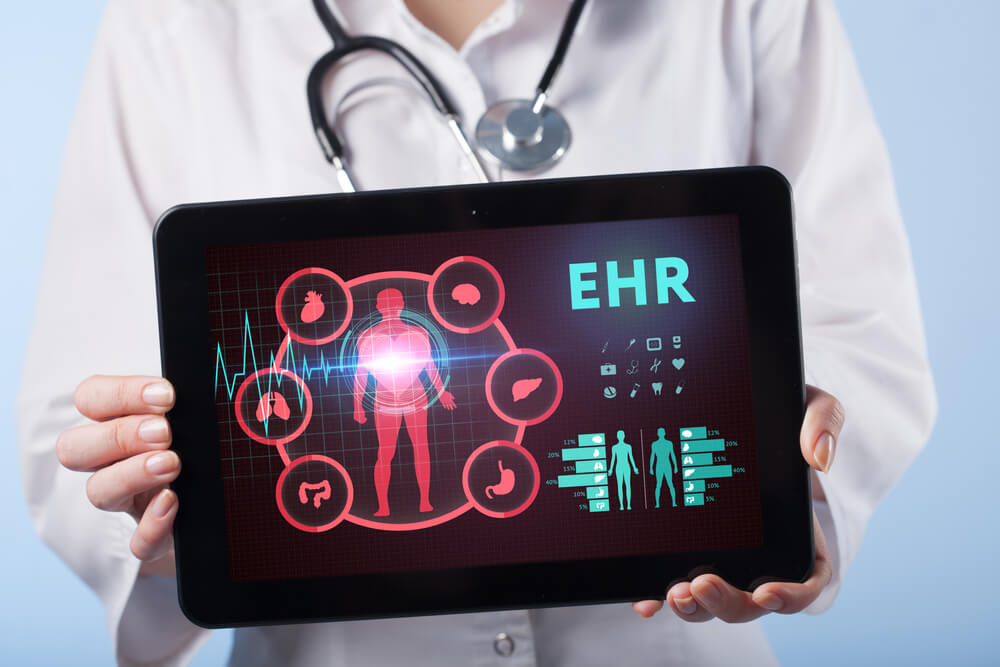
EHR stands for electronic health records, a phrase which encapsulates the digital creation, maintenance, and communication of patients’ medical records. This includes medical history, test results, and even medical images. From an administrative standpoint, EHR is used to store contact and billing information.
What is the Value of EHR?
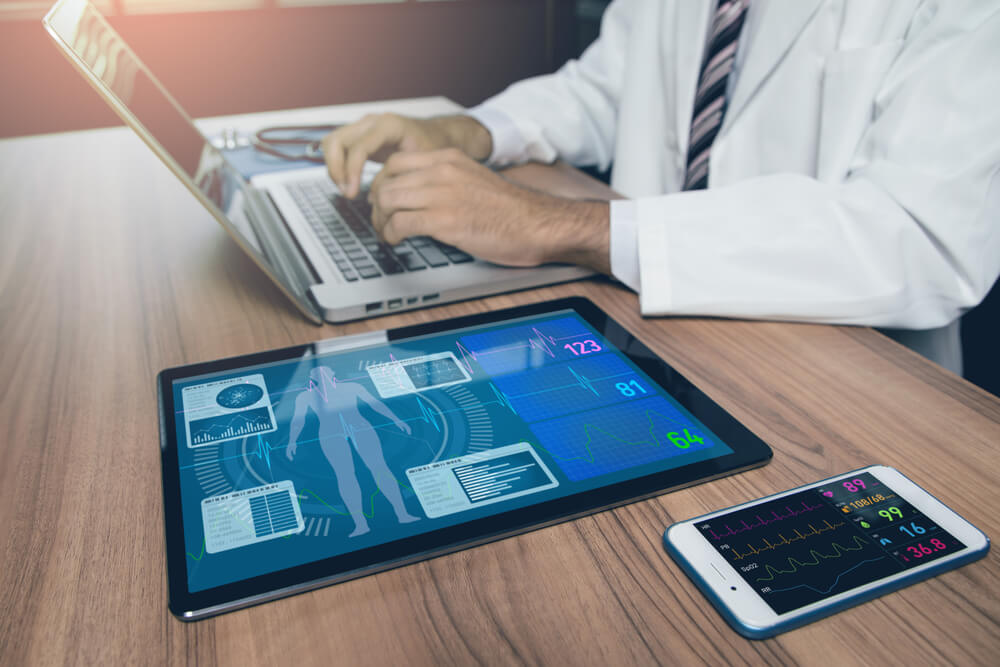
EHR technology is a vast improvement upon the legacy systems preceding it, which largely relied on the meticulous maintenance of troves of paper-based records. Shortcomings of paper-based medical records include the physical space required to house them, their potential for loss or theft, and even the confusion they created when care providers tried to decipher each other’s handwritten records.
With EHR, patients’ records are safely stored digitally and can be accurately shared across the entire continuum of care. Additionally, EHR can be integrated with clinical communications software for streamlined transmission of records and automated care alerts. EHR software improves patient care in a multitude of ways, but below we’ve shared three of the most important for your consideration:
- Facilitating Coordination Between Care Providers
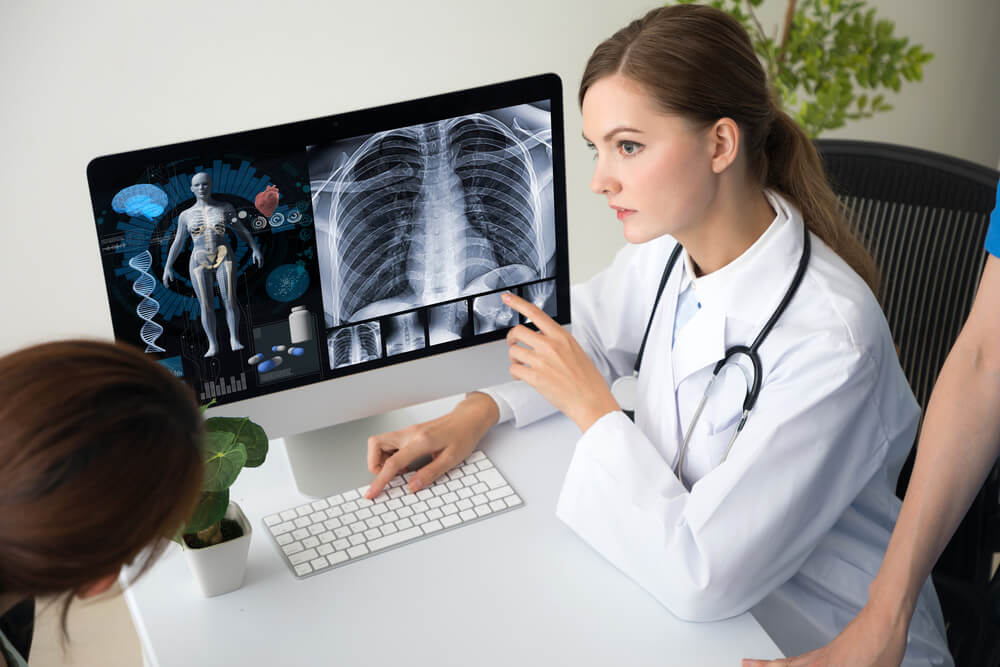
For many patients, health and wellbeing is a team effort requiring care from experts across multiple specialties. U.S. News and World Report reported that almost one-third of all American senior citizens see at least five different doctors each year. Furthermore, the rise of telemedicine offerings allows patients to more easily access specialists worldwide from their own home.
To achieve the best possible outcomes, patients’ growing webs of care providers must be able to coordinate with each other using EHR. There is a network effect with EHR, as stragglers who are still stuck on paper-based records or are not making the most of EHR are an impediment to the rest of the patient’s care team. According to American Hospital Association data, specialty, psychiatric, and rehabilitation hospitals are less likely to have adopted any EHR software than general care hospitals from 2019-2021.
Potential risks of not using EHR to collaborate includes harmful medication interactions, misguided treatment recommendations, and patient frustration.
- Keeping Contact Information Up to Date

It’s an all-too-common experience for patients: taking the big step of returning to treatment or finally getting an appointment with an in-demand doctor, only to be greeted with a mountain of redundant paper forms to fill out in the waiting room. By the time they get to meet with the doctor, they’ve developed another affliction: carpal tunnel!
Fortunately, EHR can reduce this frustration by providing patients with digital versions of these intake forms in advance of their first appointment to complete on their own time. Additionally, administrators can configure reminders to be sent to patients encouraging them to regularly update their contact information. Allowing patients to self-submit contact information that will then be updated in the EHR reduces the likelihood that office staff will experience difficulty contacting patients in between visits using inaccurate information. In the event of an emergency, out of date contact information or an illegible contact form could delay crucial communications with the patient and their loved ones.
- Analyzing and Visualizing Patient Data
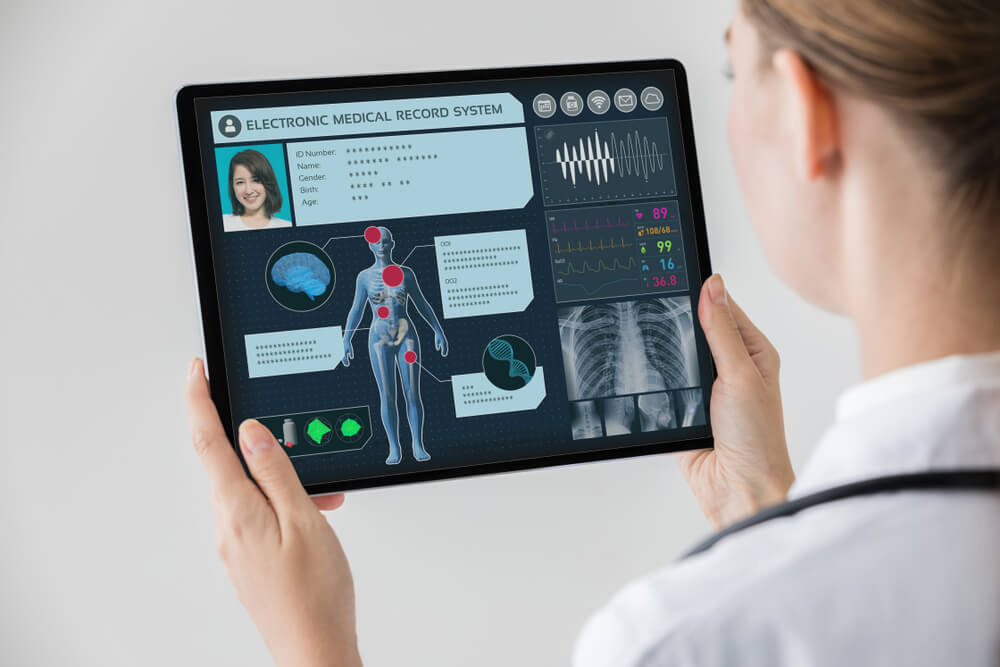
Traditionally, the trust society has placed in healthcare professionals is rooted in their decades of experience in the field and their years of rigorous education. As digital transformation revolutionizes many facets across their lives, patients are increasingly looking for doctors who are using the latest technology to inform their care.
With EHR software, healthcare professionals have the power to easily create visuals of medical data for their own analysis and to share with their patients, showcasing clear examples of digital transformation in healthcare. The use cases for data visualization between doctor and patient include showing both progress and concerning trends, as well as comparing the individual patient’s data to a visual of national or demographic averages. Better yet, the ability to easily generate and share visuals with patients between visits using EHR software can help maintain and inform the relationship between doctor and patient.
Conclusion
In this blog, we defined EHR and its value, and then demonstrated three ways EHR improves care decisions: facilitating coordination between care providers, keeping contact information up to date, and analyzing and visualizing patient data. As EHR becomes the universal standard and more professionals learn how to harness its power, the future of healthcare is bright for both care providers and their patients.
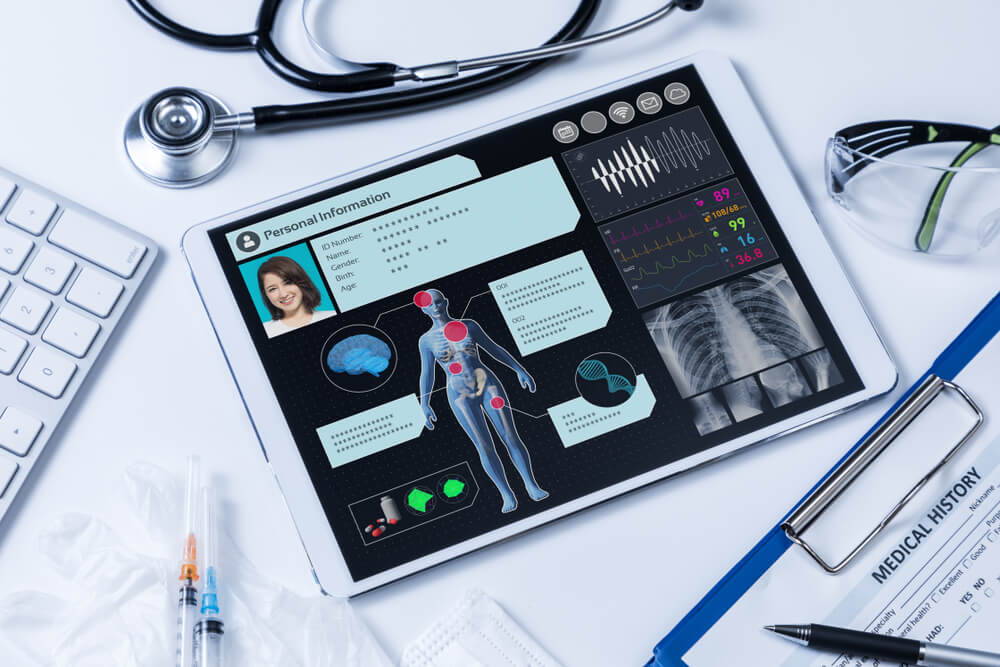
Join the Discussion!